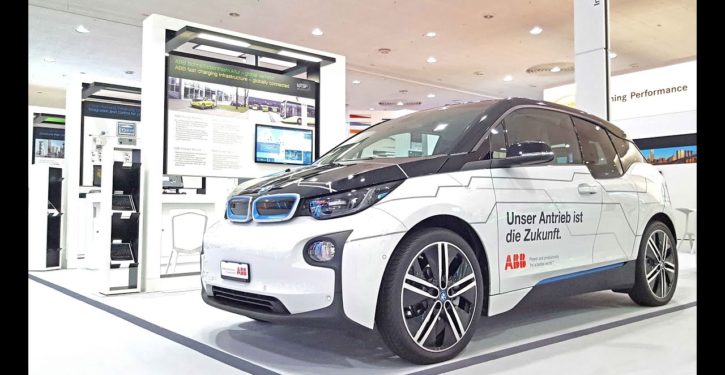
“The death rate for children ages 5-14 as pedestrians and bike riders has fallen about 95% since the 1970s,” notes Professor Jeremy Horpedahl.
This is partly due to helicopter parenting, which has changed the health risks that children face. Children are now more likely to stay at home, and become obese (and prone to diabetes). They are also much less likely to play outdoors unsupervised (which can lead to being hit by a car). As journalist Matthew Yglesias observes, “One thing about the much-lamented rise of more intensively supervised childhood activities is that kids have in fact become a lot less likely to die” in childhood. But kids’ loss of freedom and staying inside has left them fatter and thus more likely to die of obesity-related diseases later in life.
Parents are now so paranoid about their kids getting kidnapped that “50% of parents of kids age 9-11 will not let their kids go to a different aisle to get an item at the store,” according to a University of Michigan study.
It’s not just deaths from car accidents that have fallen for kids, but also deaths from curable diseases, due to advances in medicine. As Professor Horpedahl notes,
While all death categories have declined, about half of the decrease (depending on the age group, but half is about right) is from a decline in deaths from diseases, as opposed to external causes. And fewer disease death can largely be attributed to improvements in healthcare, broadly defined. Good news!
Of course, that means that about half of the decline is from things other than diseases. What caused those declines? Let’s look into the data. Specifically, let’s look into the data on deaths from car accidents….There were about 900 deaths in 2022 from motor vehicle accidents in that age group, which is slightly more than cancer deaths, and quite a bit more than homicide or suicide (just over 1,000 deaths for these two categories combined)….There has been a huge decrease in the number of children ages 5-14 killed by motor vehicles (primarily cars, but also including motorcycles, trucks, etc., but not trains or boats). And it’s not because there are fewer kids today: there are actually about 5 percent more than 1968-1978. Overall, the death rate from motor vehicle accidents is about 1/5 of what it was three generations ago…most of the car accident deaths in 1968-1978 were pedestrians rather than passengers. And about half as many kids riding bikes as were killed as passengers of cars. For passengers of cars, the death rate fell by about 50 percent (that’s pretty good!), but the drop in child pedestrian deaths and child cyclist deaths in massive. The decline in the death rate for kids ages 5-14 for both pedestrians and bicyclists was about 90 percent (EDIT: originally I said 95 percent). That’s huge. As a comparison, the pedestrian death rate for adults aged 25-54 also fell over this time period, but by a smaller (though still significant) 70 percent. The pedal cyclist death rate for adults aged 25-54 actually rose 50 percent (perhaps due to more adults cycling to work).
The down side of more protective parenting is that kids stay home rather than vigorously exercising outside, and get fatter. About a quarter of all children are now obese. Only about 5 percent of all children were obese in the 1970s.
The higher obesity rate means that these kids will die sooner as adults. Severe obesity cuts your lifespan by about 10 years, while even moderate obesity trims three years off of your life.
The increased deaths from rising obesity over the last 30 years will more than offset reduced deaths from kids being hit by cars. U.S. life expectancy has fallen since 2014, due to a variety of factors, such as rising fentanyl deaths and rising obesity. In 2014, life expectancy in the U.S. was 79 years. Today, it is 76 years.



